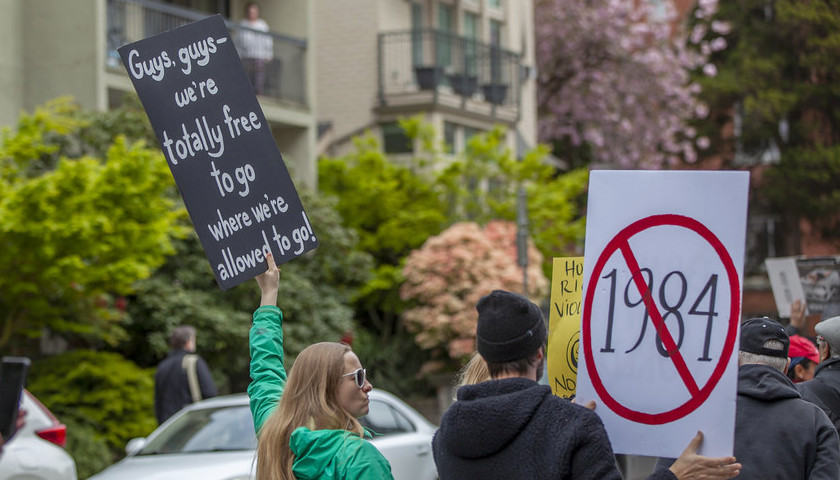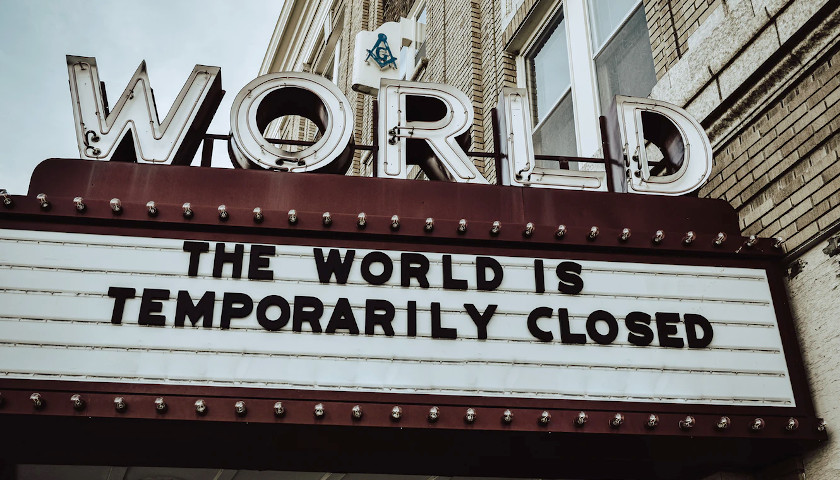Dozens of sheriffs across the country are refusing to enforce stay-at-home orders because of their unconstitutional nature.
Read MoreTag: stay at home
STUDY: Anxiety From Reactions to COVID-19 Will Destroy at Least Seven Times More Years of Life Than Can Be Saved by Lockdowns
One of the most important principles of epidemiology is weighing benefits and harms. A failure to do this can make virtually any medical treatment seem helpful or destructive. In the words of Ronald C. Kessler of the Harvard Medical School and healthcare economist Paul E. Greenberg, “medical interventions are appropriate only if their expected benefits clearly exceed the sum of their direct costs and their expected risks.”
Likewise, a 2020 paper about quarantines published in The Lancet states: “Separation from loved ones, the loss of freedom, uncertainty over disease status, and boredom can, on occasion, create dramatic effects. Suicide has been reported, substantial anger generated, and lawsuits brought following the imposition of quarantine in previous outbreaks. The potential benefits of mandatory mass quarantine need to be weighed carefully against the possible psychological costs.”
Read MoreSurvey: Majority of Americans Are Spending Less Money due to Stay-at-Home Orders, Social Distancing
With 30 million people filing for unemployment, stores closed and stay-at-home orders still in place in many states, it should come as no surprise that 77 percent of people who responded to a recent survey are spending less money.
Read MoreThirty States Have Issued Stay-at-Home Orders So Far
As of March 31, 30 of the 50 states have issued stay-at-home orders to residents. Although the names of the orders – shelter-in-place, stay-at-home, stay home, stay safe – vary from state to state, they include at least two common elements: the closure of nonessential businesses and requesting all residents to stay home except for essential trips.
California was the first state to issue a stay-at-home order. Gov. Gavin Newsom (D) did so on March 19. In total, 19 Democratic governors and 11 Republican governors have issued stay-at-home orders. Across all 50 states, there are 24 Democratic and 26 Republican governors.
Read More



